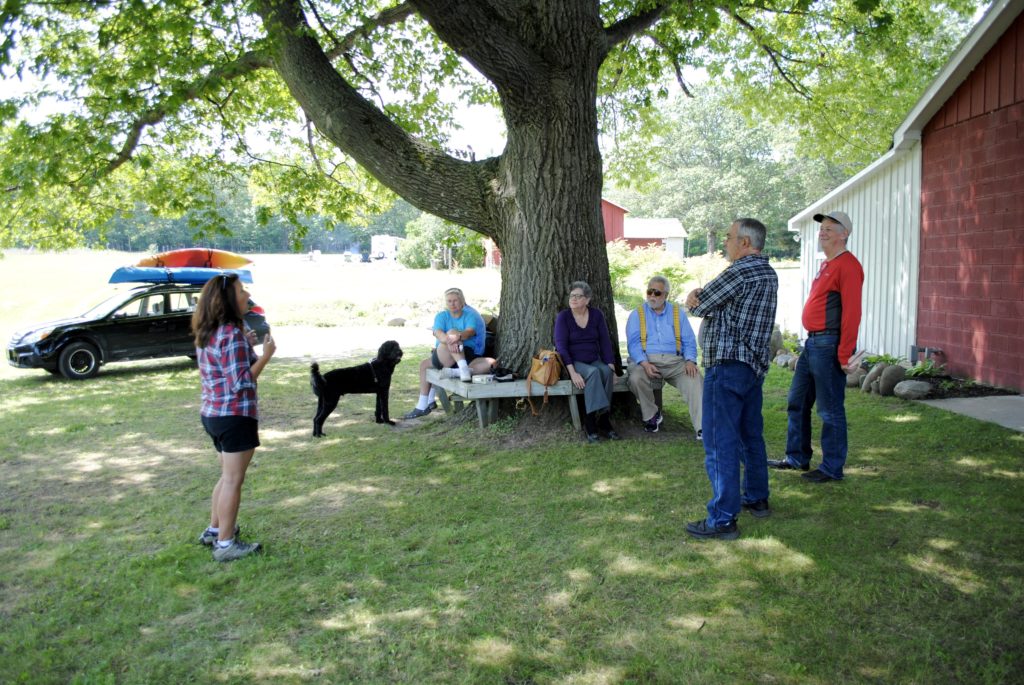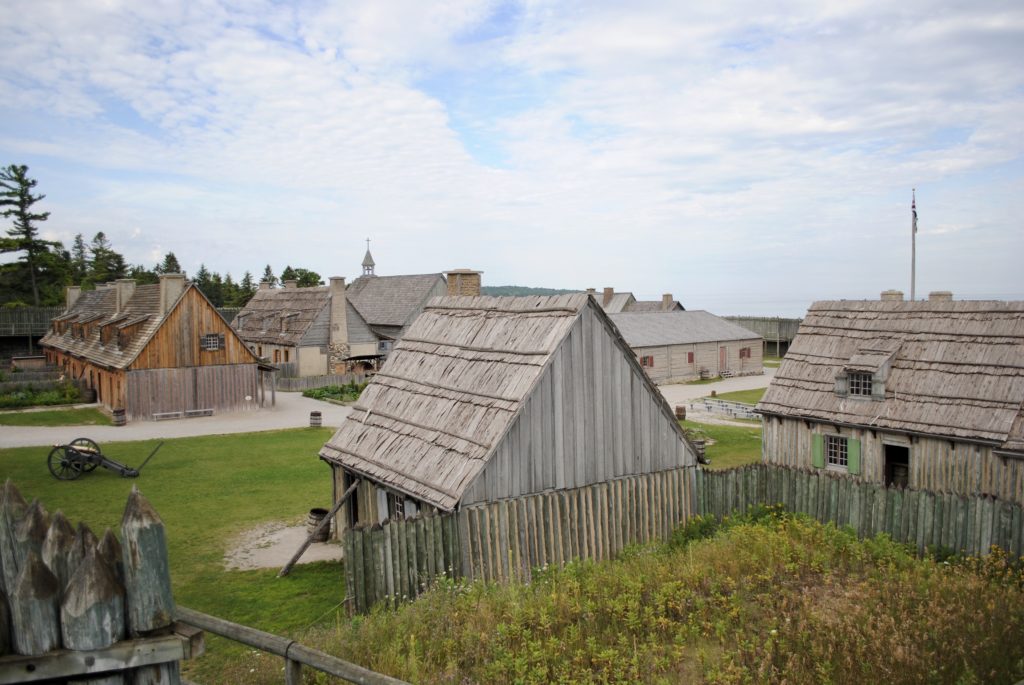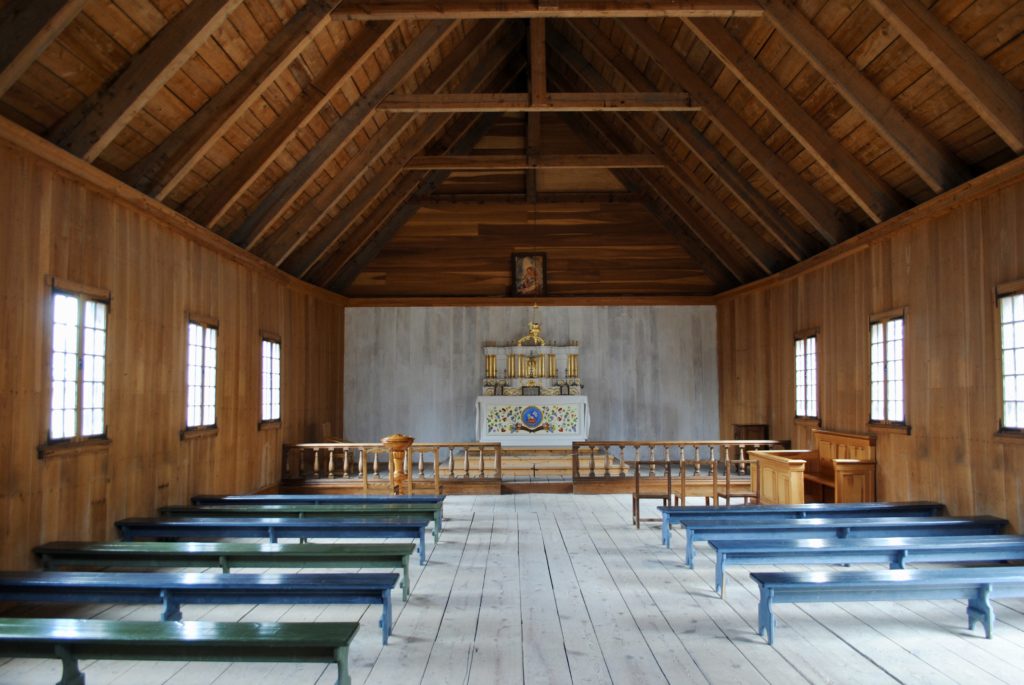Professional Relationships
This past weekend I attended a three-day retreat for professional genealogists. The retreat provided a chance for professionals from around the country (including several industry leaders) to discuss anything and everything related to our field. Among many other things, we discussed ideas for working better with clients, ways to improve our businesses (from time management tools to marketing), opportunities for collaborating and subcontracting with other professional genealogists, the ever-changing roles of various national organizations, and the need for a national conversation about ethics and DNA testing.
The secluded setting and lack of a formal schedule encouraged discussions that were challenging, wide-ranging, and honest, but always respectful. Between sessions, we got to know each other on a more personal level. For the most part genealogists work in isolation. The retreat helped create the close professional social network many of us seek but which is hard to develop during the hustle and bustle of conferences. The relationships I formed over the weekend will no doubt be important to my professional life moving forward. Perhaps just as important, I can already see a few of them becoming personal friendships too.

Personal Family History
Like any self-respecting genealogist on a road trip, I had to find a connection to my own family history along the way. And I did. The retreat was held in rural Michigan. To get there from where I live in Minnesota, I had to drive through the Upper Peninsula and across the Mackinaw Bridge. On my way home, I decided to stop at Fort Michilimackinac in Mackinaw City. The current fort is a careful reconstruction based on archaeological findings. It is located on the south shore of the Straits of Mackinac, where the original fort sat from about 1715 until the 1780s when the British moved it to Mackinaw Island. Several of my French-Canadian ancestors engaged as voyageurs in the Pays d’en Haut. While most of them were sent to Grand Portage/Fort William or still farther north and west, some of them no doubt stopped at Michilimackinac on their way.
Perhaps most notably, I am a direct descendant of Olivier Morel, Sieur de LaDurantaye, who was the first French commandant at Michilimackinac. He was stationed near the mission of St. Ignace on the north side of the Straits of Mackinac from 1683 until 1690, years before Fort Michilimackinac was constructed on the south shore.


The fort’s history and my family history come together most closely in the reconstructed Sainte Anne Church, which is inside the fort’s palisade. In October 1746, a baby girl named Agathe was baptized in the original Sainte Anne’s at Michilimackinac. Her mother was “Marie Charlotte, a woman Savage baptized last year” and her father was an unknown Frenchman. However, evidence suggests that her father was probably fur trader and local rapscallion Charles Hamelin, who was based out of Sault Ste. Marie.
According to an inventory conducted after her husband’s death, Agathe Hameline married a French-Canadian voyageur named Joseph Normand in 1761 somewhere in the Illinois Country (perhaps at Fort St. Joseph in modern southwestern Michigan). Their first three children were baptized at Fort St. Joseph in August 1768, among them my ancestor Marie Josèphte Normand. In 1773, when Marie Josèphte was about eight or nine years old, the family moved east to the Province of Quebec, settling west of Montreal. The Normands remained in the east for the remainder of their lives. By the time Marie Josèphte’s daughter-in-law and grandchildren moved to Minnesota 1873, memory of their western ties and Native American ancestry seems to have been lost. At the very least it was obscured. Racial mixing carried a much different social meaning in late 19th century United States than it did during the French fur trade era.
If the part-Ojibwe girl baptized at Michilimackinac in 1746 was indeed the same Agathe who later married Joseph Normand (the case is strong but not definitive), then she is my 7x-great-grandmother. Visiting the reconstructed church on the very site of her baptism opened a window into a life—and a culture—generations removed from present experience. It is as close as a living descendant can come to being present in her story.
